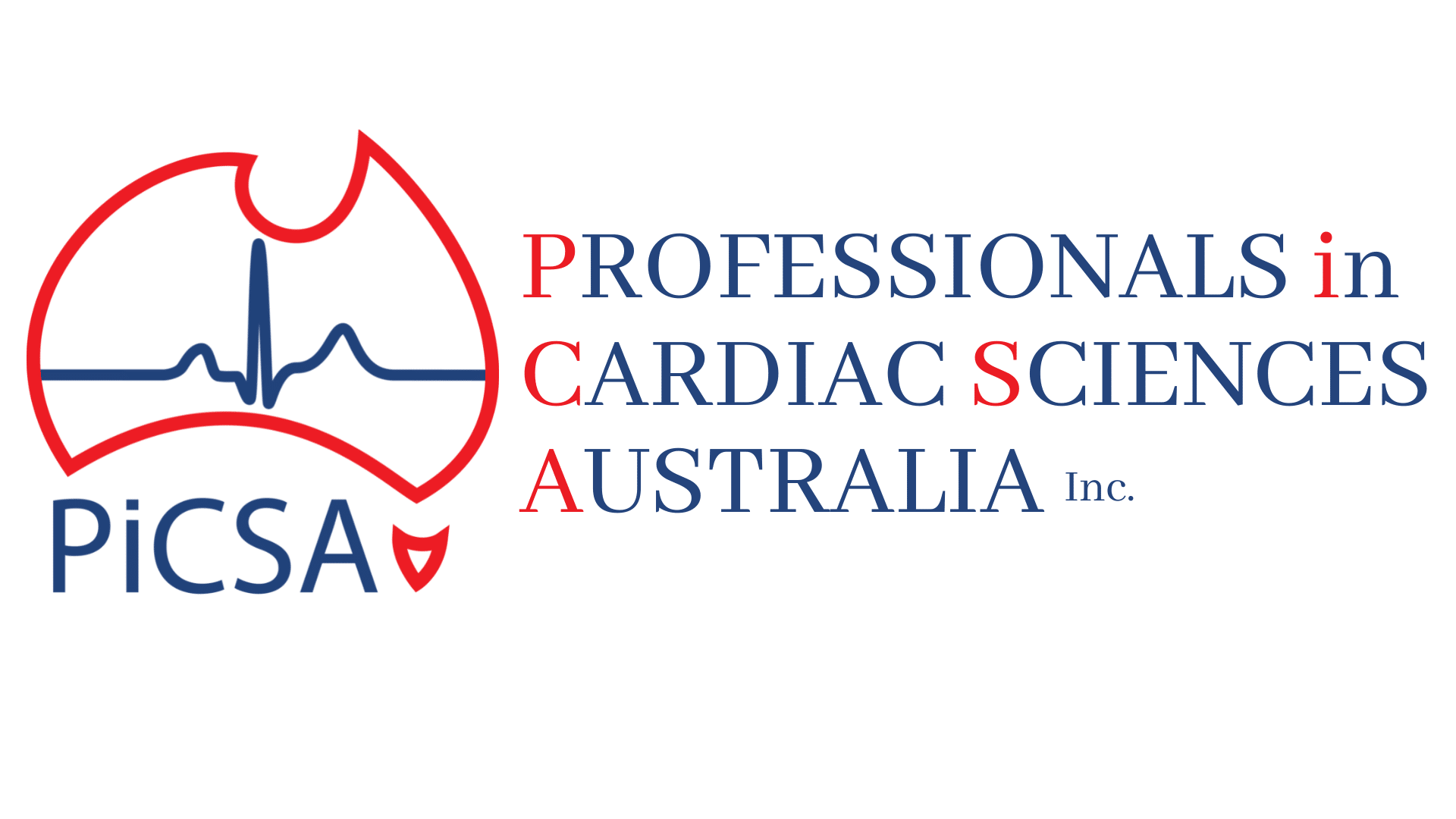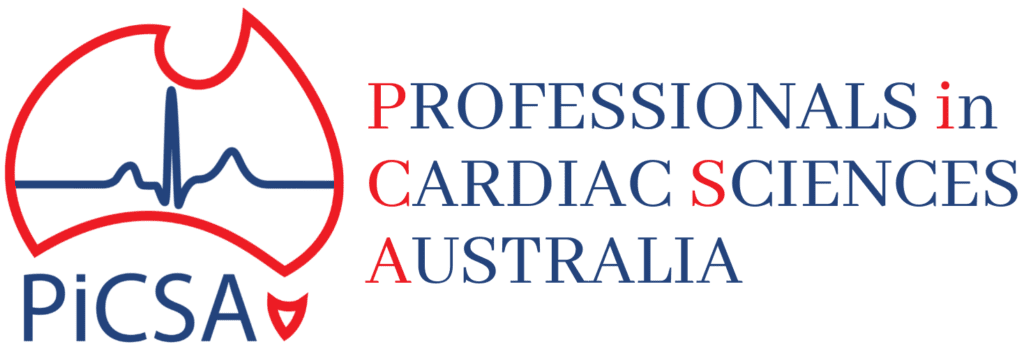#Hellomynameis
The “Hello my name is …” campaign was initiated by Dr Kate Granger (1981-2016) to encourage healthcare staff to introduce themselves to patients. She stated:
“I’m a doctor, but also a terminally ill cancer patient. During a hospital stay in August 2013 with post-operative sepsis, I made the stark observation that many staff looking after me did not introduce themselves before delivering my care. It felt incredibly wrong that such a basic step in communication was missing”
After ranting at my husband during one evening visiting time he encouraged me to “stop whinging and do something!”
We decided to start a campaign, primarily using social media initially, to encourage and remind healthcare staff about the importance of introductions in healthcare.
I firmly believe it is not just about common courtesy, but it runs much deeper. Introductions are about making a human connection between one human being who is suffering and vulnerable, and another human being who wishes to help. They begin therapeutic relationships and can instantly build trust in difficult circumstances.
In my mind #hellomynameis is the first rung on the ladder to providing truly person-centred, compassionate care.”
While Dr Granger sadly lost her battle with cancer last year, her husband Chris Pointon has tirelessly continued to spread her message. He recently toured Australia and New Zealand giving public lectures about the importance of introductions as a starting point for person-centred, compassionate care. Further information about the campaign can be found at https://hellomynameis.org.uk/ .
I would encourage every single cardiac physiologist in Australia to take this message to heart, and introduce themselves to patients and colleagues using the phrase:
“Hello, my name is … I am a cardiac physiologist”
You can then use your own words to describe what it is that you will be doing, for example:
“Hello, my name is … I am a cardiac physiologist, and I will be your sonographer today”, or “Hello, my name is … I am a cardiac physiologist, and I will be doing your ECG now”
A good overall summary of the overall Cardiac Physiologist role is the phrase:
“A Cardiac Physiologist is a science professional who helps doctors to diagnose and treat heart disease”
You can use your own words to further explain what you do. Here are some more suggested phrases, one for each of the 5 cardiac physiology professions:
“Hello, my name is … I am a cardiac physiologist who specialises in:
- cardiac ultrasound”
- caring for heart rhythm devices such as pacemakers and defibrillators”
- mapping the way that energy moves across the heart to find (and treat) any problem areas that have been disrupting the heart rhythm”
- monitoring and interpreting a patient’s rhythm and blood pressures during cardiac catheterisation procedures”
- performing surface ECG’s, blood pressure monitoring, exercise stress testing and other diagnostic heart tests.”
Do it for Your Patients:
To humanise patient care, all interactions should begin with connecting to the patient by introducing ourselves.
It is all too easy to forget that the patient experience is often uncomfortable and sometimes frightening. Even simple procedures like being weighed or asked to change into a gown can be confronting. Additionally, many patients are frightened of the problems that a test might detect (e.g. do I have the same thing that killed my relative?).
Last week one echo patient’s first words to me were “I’m very anxious and I suffer from depression. I’m worried I might have a panic attack”. Simply taking time to properly introduce myself, empathise, and reassure her that I would look after her during the test made all the difference.
Do it for Your Profession:
Our recent AGM highlighted some of the very serious problems that exist due to lack of visibility of our profession. Other health professionals often have no idea of our professional role, and patients usually assume that we are nurses or doctors. If they don’t know what you are, and what you do, then they may think that anyone can do your job.
We are aware of cardiology clinics replacing experienced, qualified cardiac physiologists with unqualified staff (such as an aerobics instructor in the place of a UK trained, NHS certified cardiac physiologist). This should be unthinkable, but it is a natural consequence of the ignorance that surrounds our role, even among the practice managers, nurses and doctors with whom we work.
The problem is compounded when we refer to ourselves as “just a tech”.
One very easy way to promote the visibility, recognition and regulation of the cardiac physiology professions it to simply introduce ourselves, and state what we are, using the newly recommended title “Cardiac Physiologist”. We can all do this – regardless of whether or not our employer has updated our statement of duties in line with the national recommendation.
Simply introducing ourselves correctly will educate those around us about our professional identity. It seems like a simple small thing, but it is a very powerful way to connect with patients and to advance our profession.
Remember to always say “Hello my name is … I am a Cardiac Physiologist”






